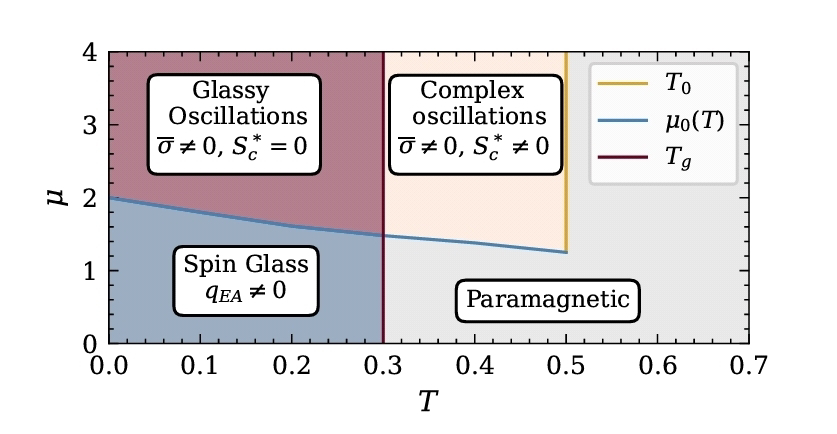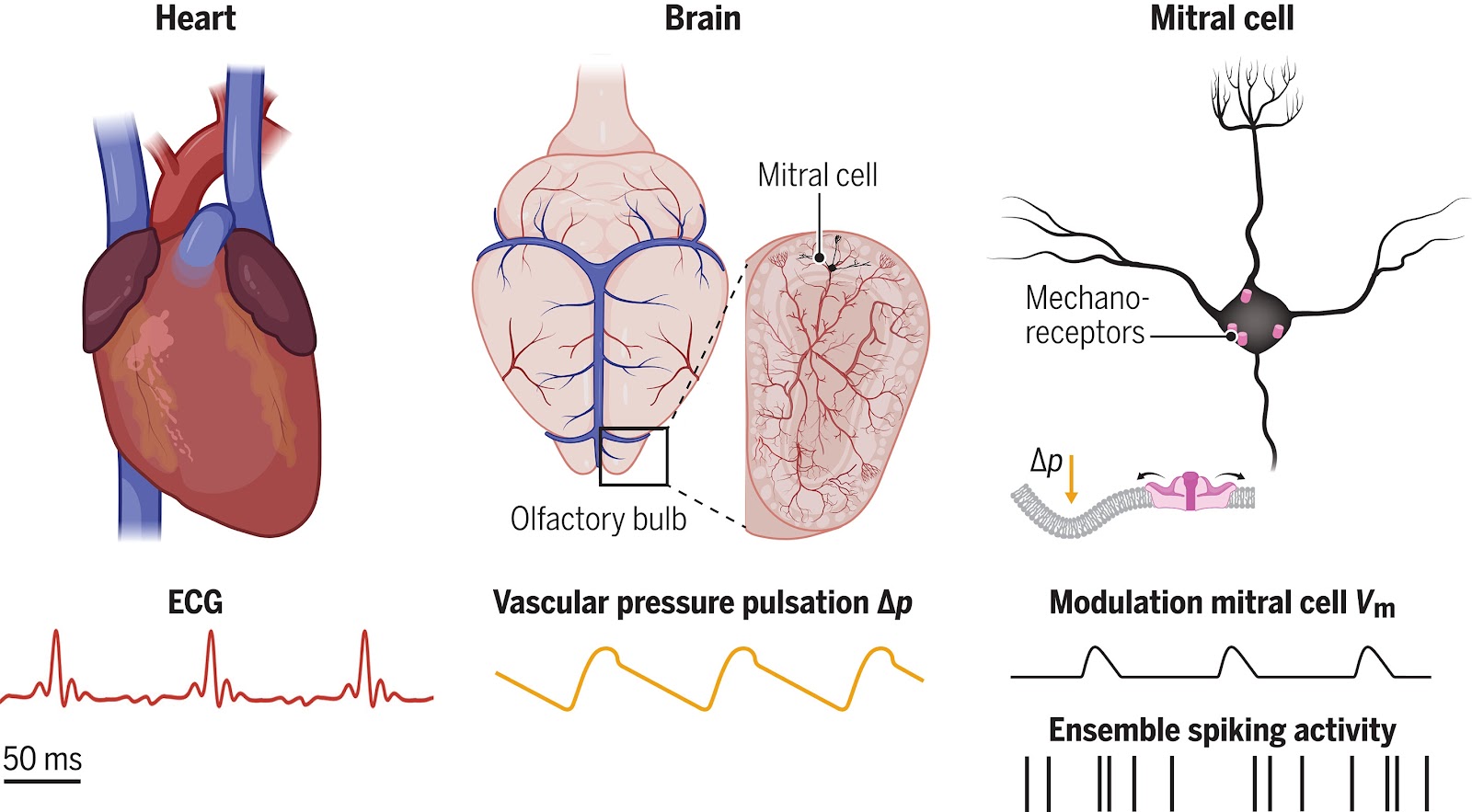<< ️Triadic interactions are special types of higher-order interactions that occur when regulator nodes modulate the interactions between other two or more nodes. In presence of triadic interactions, a percolation process occurring on a single-layer network becomes a fully-fledged dynamical system, characterized by period-doubling and a route to chaos. >>
<< ️Here, (AA) generalize the model to multilayer networks and name it as the multilayer triadic percolation (MTP) model. (They) find a much richer dynamical behavior of the MTP model than its single-layer counterpart. MTP displays a Neimark-Sacker bifurcation, leading to oscillations of arbitrarily large period or pseudo-periodic oscillations. >>
<< Moreover, MTP admits period-two oscillations without negative regulatory interactions, whereas single-layer systems only display discontinuous hybrid transitions. >>
Hanlin Sun, Filippo Radicchi, Ginestra Bianconi. Triadic percolation on multilayer networks. arXiv: 2510.09341v1 [nlin.AO]. Oct 10, 2025.
Also: network, chaos, in https://www.inkgmr.net/kwrds.html
Keywords: gst, network, chaos,
percolation, multilayer triadic
percolation, higher-order
interactions, triadic interactions.







